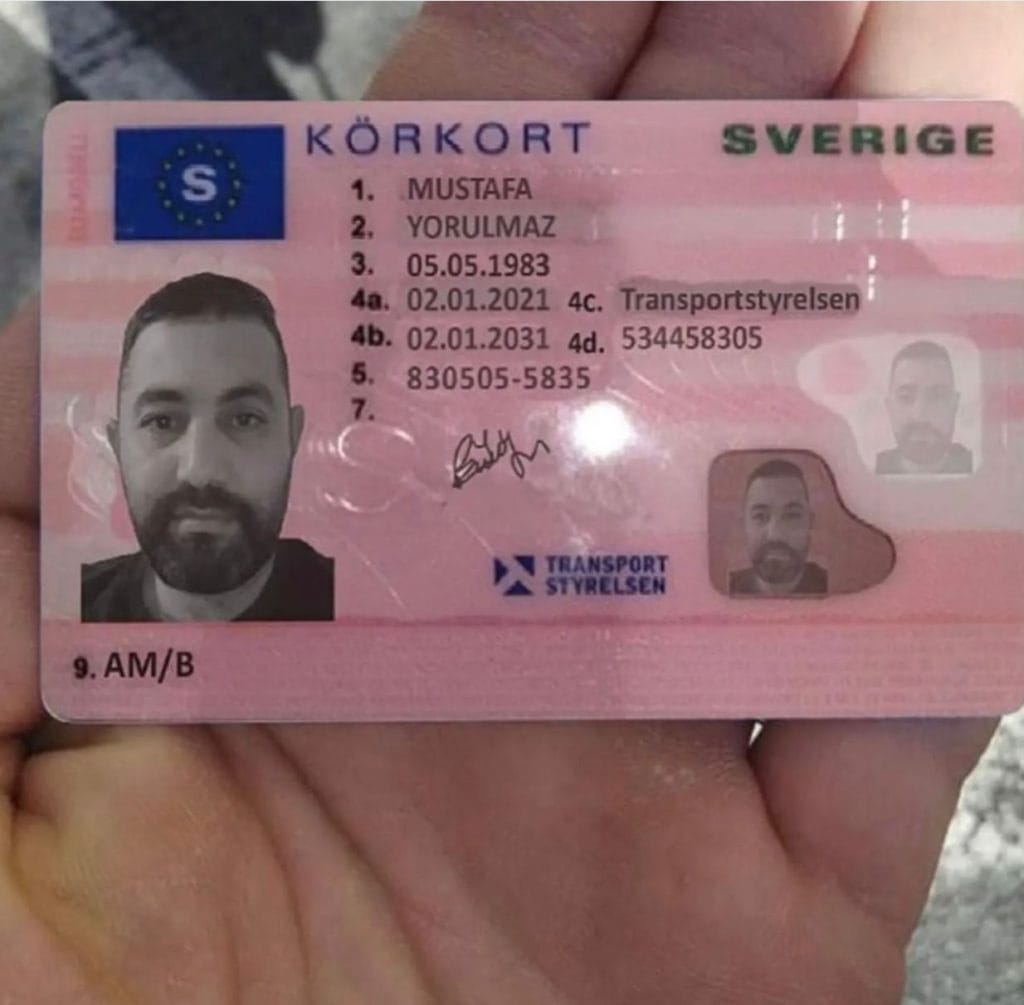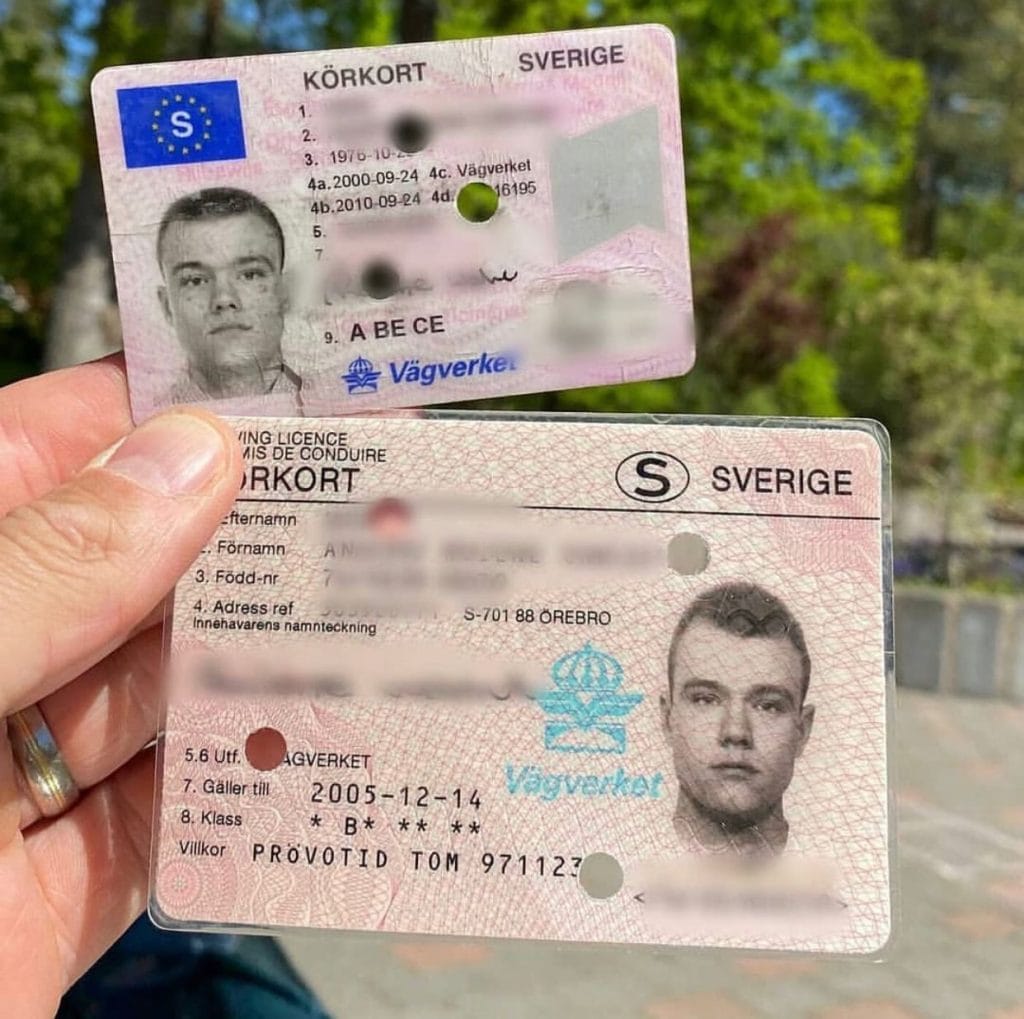A Step-By-Step Instruction For Buy A1 Driving License
페이지 정보
작성자 Dee 작성일25-07-22 21:18 조회4회 댓글0건관련링크
본문
The Comprehensive Guide to Legally Obtaining a Driving License
Driving is a fundamental skill for many, using the freedom to take a trip where and when you desire, often making life more convenient and satisfying. However, getting a driving license is a process that requires understanding, patience, and adherence to legal procedures. This guide intends to supply a comprehensive overview of the actions one need to follow to legally acquire a driving license, highlighting essential considerations and frequently asked concerns to guarantee a smooth and problem-free experience.
Understanding the Basics
Before diving into the application procedure, it's crucial to understand the basic requirements and kinds of driving licenses readily available. Driving laws vary considerably from nation to country, and even within various states or provinces within the very same nation. Normally, there are a number of kinds of driving licenses, including:
- Learner's Permit: This is typically the first action in the process, allowing new motorists to acquire experience under guidance.
- Provisional License: köpa en taxilicens online utan tentor Issued after passing a fundamental driving test, this license typically includes restrictions and is a stepping stone to a full license.
- Full Driver's License: Once all the necessary requirements are satisfied, drivers can acquire a full license, which uses total driving privileges.
- Commercial Driver's License (CDL): Required for those who want to run commercial vehicles, such as trucks or buses.
Steps to Obtain a Driving License
1. Research Local Driving Laws
The first step in getting a driving license is to research the particular requirements in your area. Check out the official website of your local Department of Motor Vehicles (DMV) or comparable firm to discover detailed details about the licensing procedure, consisting of age constraints, required files, and charges.
2. Prepare Required Documentation
Each jurisdiction has its own set of documents that need to be sent to obtain a driving license. Typically required files consist of:

- Proof of Identity: A passport, birth certificate, or state-issued ID.
- Evidence of Residency: Utility expenses, lease arrangements, or other main files that validate your address.
- Social Security Number (if suitable): In some nations, a social security number or equivalent is needed for identification.
- Vision Test Results: Some locations need a vision test before issuing a student's license or license.
3. Take a Driver's Education Course
Lots of states and countries require new motorists to finish a driver's education course. These courses are created to teach the rules of the road, traffic laws, and safe driving practices. They can be finished online or in a class setting and frequently consist of both theoretical and practical elements.
4. Make an application for a Learner's Permit
Once the needed documentation is prepared and the driver's education course is finished, the next action is to get a learner's permit. This normally includes checking out the DMV or submitting an application online. You will likewise require to pass a written test that covers traffic laws and driving understanding.
5. Practice Driving
With a learner's license, you can start practicing driving under the supervision of a certified grownup. This is a crucial action in developing your self-confidence and skills behind the wheel. It's also important to gain experience in various driving conditions, such as night driving, highway driving, and driving in harsh weather.
6. Set up and Pass the Driving Test
After getting sufficient driving experience, you can schedule a driving test with the DMV. The test will examine your capability to securely run a car and follow traffic laws. You will need to bring an effectively registered and guaranteed lorry to the test, and the examiner will examine your driving skills on a fixed route.
7. Look for a Provisional License
If you pass the driving test, you will generally get a provisional license. This license may include limitations, such as a curfew or a limit on the variety of travelers you can have in the vehicle. These restrictions are created to minimize the threat of accidents and help new drivers accustom to the road.
8. Update to a Full License
As soon as you have held a provisional license for the necessary duration and satisfied any additional requirements, you can upgrade to a complete driver's license. This process usually involves an easy application and might require a retest or additional paperwork.
Tips for a Successful Application
- Start Early: Begin the process as quickly as you satisfy the age requirement to give yourself ample time to prepare.
- Stay Informed: Keep current with any modifications in driving laws or DMV treatments.
- Practice Regularly: Consistent practice is crucial to building confidence and enhancing your driving skills.
- Stay Calm During the Test: Anxiety can affect your performance, so take deep breaths and stay focused.
- Follow DMV Instructions: Pay close attention to the guidelines offered by the DMV and the inspector during your test.
Often Asked Questions (FAQs)
Q: What is the minimum age to obtain a learner's authorization?
A: The minimum age varies by jurisdiction. In the United States, it generally ranges from 15 to 16 years of ages. In the UK, the minimum age is 17. Check your regional DMV site for specific information.
Q: Can I obtain a driver's license online?
A: Some jurisdictions permit you to finish parts of the application procedure online, such as filling out kinds and scheduling tests. However, you will normally need to check out a DMV office in individual to send required files and take the driving test.
Q: What takes place if I stop working the driving test?
A: If you fail the driving test, you can generally retake it after a certain duration. This duration differs by place, but it is typically a couple of weeks. It's a good concept to practice more before retaking the test to enhance your opportunities of success.

Q: Can I drive alone with a student's license?
A: No, a student's authorization typically needs you to be accompanied by a certified adult, generally over 21 years of ages, who is seated in the front passenger seat.
Q: Is a vision test required to get a driving license?
A: Yes, the majority of jurisdictions need a vision test to ensure that you can safely run a lorry. You can typically take this test at the DMV or with an approved eye doctor.
Q: How long does it require to get a full driver's license?
A: The time required to get a full driver's license varies depending upon your jurisdiction and the specific actions involved. Usually, it can take numerous months, including the time required to complete a driver's education course, hold a student's authorization, and pass the driving test.
Q: Can I utilize a provisional license to drive for work?
A: It depends on the restrictions put on your provisionary license. Some provisionary licenses allow you to drive for work, while others may have particular limitations. Examine your license for information or call the DMV for information.
Q: What is the distinction between a learner's license and a provisional license?
A: A student's authorization is the very first phase of the licensing process and permits you to drive only under supervision. A provisionary license, on the other hand, grants you more driving privileges but may still have some restrictions, such as a curfew or guest limitations.
Q: Can I make an application for an industrial driver's license (CDL) without a complete driver's license?
A: No, you usually need a complete driver's license before getting a CDL. A CDL is a specific license that needs additional training and testing, and it is only released to those who have shown the ability to safely run a standard car.
Q: What should I do if I lose my driving license?
A: If you lose your driving license, you ought to report it to the DMV and get a replacement. You might require to supply evidence of identity and pay a fee. It's likewise a good concept to alert your insurer and any other appropriate parties.
Obtaining a driving license is a significant turning point that opens new chances and increases independence. By following the actions outlined in this guide and remaining informed about local laws and requirements, you can ensure a smoother and more successful licensing process. Bear in mind that driving is a serious duty, and putting in the time to discover and practice is vital for your security and the security of others on the road.
댓글목록
등록된 댓글이 없습니다.

